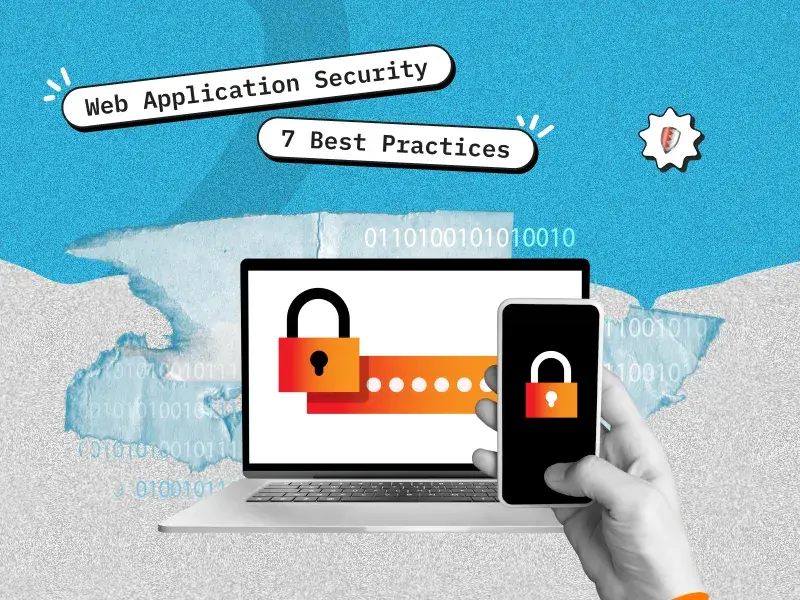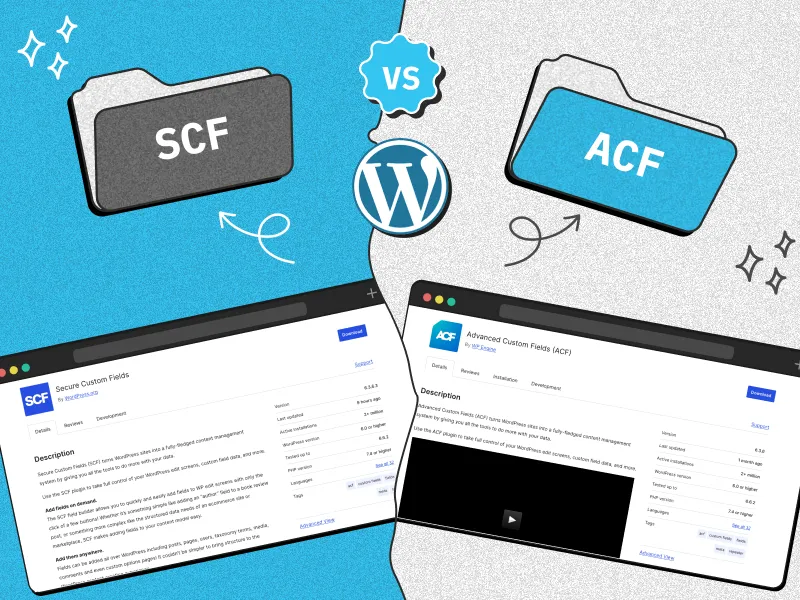Summary
This blog highlights essential practices for enhancing web application security, focusing on secure coding, robust authentication mechanisms, and continuous monitoring. By implementing these strategies, businesses can effectively protect their custom web app development efforts against cyber threats and ensure the integrity of their applications.
Introduction
In today’s digital era, web applications are integral to businesses and their operations. Whether it’s providing services, managing operations, or engaging with customers, web applications play a key role. However, with increased reliance on web technologies comes the risk of cyber-attacks and data breaches. To safeguard sensitive information and maintain the integrity of these applications, implementing top security practices is imperative.
Partnering with a web application development company can help ensure that your application is built with security at its core. These companies specialize in implementing robust security protocols, such as encryption, secure authentication mechanisms, and regular vulnerability testing, to protect your business from potential threats. Working with a trusted development partner not only reduces security risks but also ensures compliance with industry standards, giving your business peace of mind.
Top 7 Best Practices to Secure Your Web Application
Secure Coding Practices
Developing secure code is the foundation of any robust web application development strategy. Secure coding minimizes vulnerabilities that cybercriminals could exploit, making it essential for anyone engaging in web application development to follow best practices.
- Input Validation
One of the most essential secure coding practices is input validation. Ensuring that all user inputs are validated helps protect your application from common attacks such as SQL injection and cross-site scripting (XSS). In custom web app development, input validation can be fine-tuned to handle the specific data types your business deals with, ensuring robust protection by checking the type, length, format, and range of all incoming data before processing it. - Parameterized Queries
To further prevent SQL injection attacks, it is highly recommended to use parameterized queries or prepared statements. These techniques ensure that SQL code is executed only as intended, without any ability for malicious code to override intent. Properly implementing parameterized queries is essential to avoid mistakes in full stack web app development, as it safeguards against one of the most common vulnerabilities. - Regular Code Reviews
Regular code reviews are crucial for maintaining code quality and security. Conducting periodic reviews allows web app developers to identify and resolve potential security issues early in the development lifecycle or if needed you should take the help of a web app development company.
Implement Robust Authentication Mechanisms
Authentication verifies the identity of users accessing the web application. Implementing strong authentication methods significantly enhances the security of your web application development project.
- Use of Two-Factor Authentication (2FA) or Multi-Factor Authentication (MFA)
Adding an extra layer of security with 2FA or MFA makes it harder for attackers to gain access. This ensures that users must provide two or more forms of verification, instead of just a password, which greatly improves security in web application development services. - Password Policies and Management
Enforcing strong password policies is essential for securing user accounts. Ensure your web application development enforces the use of complex passwords and regularly prompts users to update them. Always store passwords using cryptographic hashing techniques, avoiding plain text storage at all costs. - Session Management Techniques
Session management involves handling user sessions securely to prevent attacks like session hijacking and fixation. Techniques such as generating strong, unique session IDs, regenerating session IDs at login, and setting session timeout can secure user sessions effectively.
Utilize SSL/TLS
By implementing SSL/TLS certificates, businesses can ensure secure communications between their servers and clients. This is an essential security layer in any web application development process to protect sensitive data from being intercepted. Alongside SSL/TLS, understanding how your traffic routes through a proxy server is equally important for secure browsing and troubleshooting connectivity issues — here’s a step-by-step guide on how to find your proxy server address.
- Importance of SSL/TLS Certificates
By implementing SSL/TLS certificates, businesses can ensure secure communications between their servers and clients. This is an essential security layer in any web application development process to protect sensitive data from being intercepted. - Cryptographic Practices
Strong cryptographic practices are vital for securing data. Ensure to use up-to-date and secure algorithms for encryption and hashing, and regularly review and update your cryptographic implementations.
Leverage Security Tools and Firewalls
Employing advanced security tools and firewalls helps bolster the security of your web application against various types of attacks.
- Use of Web Application Firewall (WAF)
Any web app development company should prioritize the use of a Web Application Firewall (WAF). A WAF filters and monitors HTTP traffic between a web application and the internet, protecting against common threats such as SQL injection, XSS, and DDoS attacks. - Automated Scanning and Penetration Testing
Automated scanning tools and penetration testing are vital in identifying security vulnerabilities that may go unnoticed. Regular scans should be an integral part of any web application development services to proactively mitigate potential risks
Continuous Application Monitoring
Ongoing application monitoring is essential for detecting and responding to security threats in real time. Proper logging mechanisms provide visibility into user activities and system behaviors. By continuously monitoring logs, businesses can identify anomalous behaviors and security incidents that might otherwise go unnoticed. This proactive approach not only helps in mitigating risks but also enables organizations to turn potential bugs into business growth opportunities. By addressing security issues promptly and learning from them, companies can strengthen their applications and enhance user trust.
Application Retirement
Outdated applications pose a significant security risk. Regularly reviewing and retiring obsolete applications is crucial in reducing the attack surface. In some cases, using data classification and discovery tools, such as Sentra’s data security platform, may support the identification of sensitive data during the decommissioning process. A trusted web application development company can help manage and decommission old applications, minimizing security risks.
Update Regularly
Keeping software up to date is fundamental in maintaining security. Regular updates and patches should be applied promptly to protect against known vulnerabilities. This applies not only to the core components of your web application but also to third-party libraries used in web application development transformation processes. Regular updates ensure that your application remains secure, adapting to new threats and minimizing vulnerabilities that could be exploited by attackers.
Conclusion
Following these seven best practices can significantly enhance the security of your web application, protecting sensitive data and maintaining user trust. Since security is an ongoing process that requires constant vigilance, regular updates, and sophisticated tools, it is wise to partner with a reputable web application development company to ensure that your applications remain secure in the face of evolving threats. These experts understand the complexities involved in web application development and can implement the necessary measures to keep your application safe and secure.











 30 mins free Consulting
30 mins free Consulting 
 10 min read
10 min read 


 Canada
Canada 
 USA
USA 






 Love we get from the world
Love we get from the world 